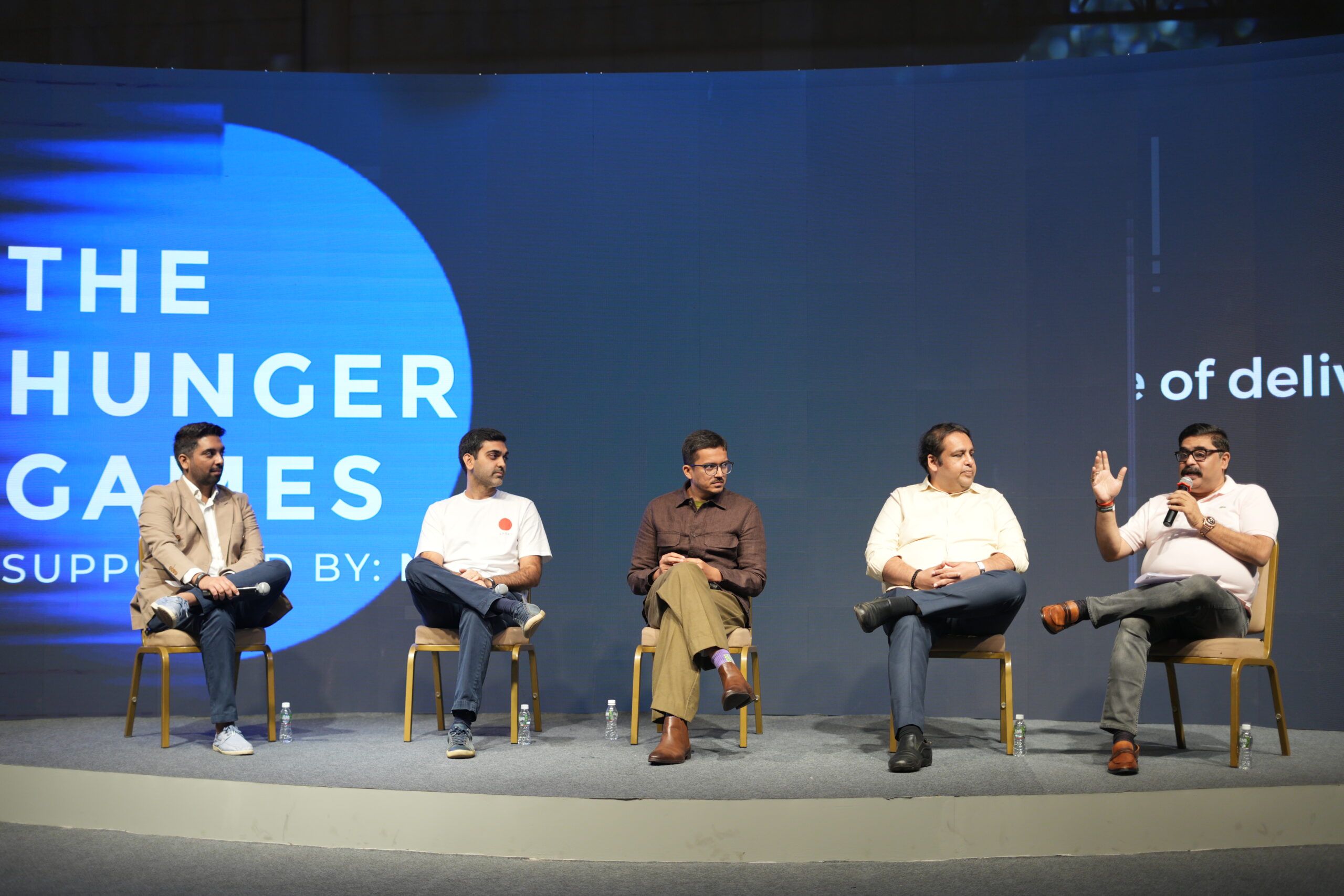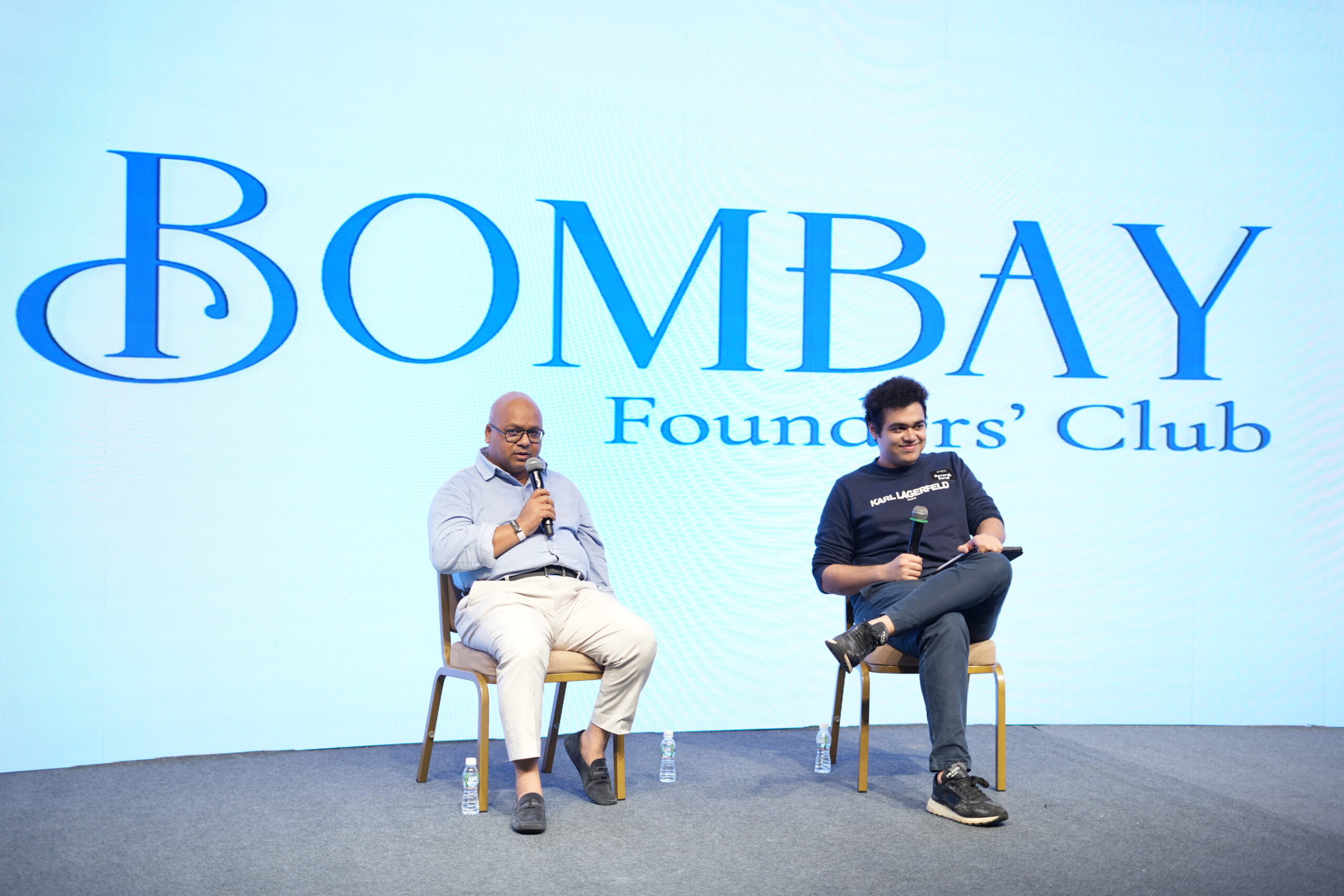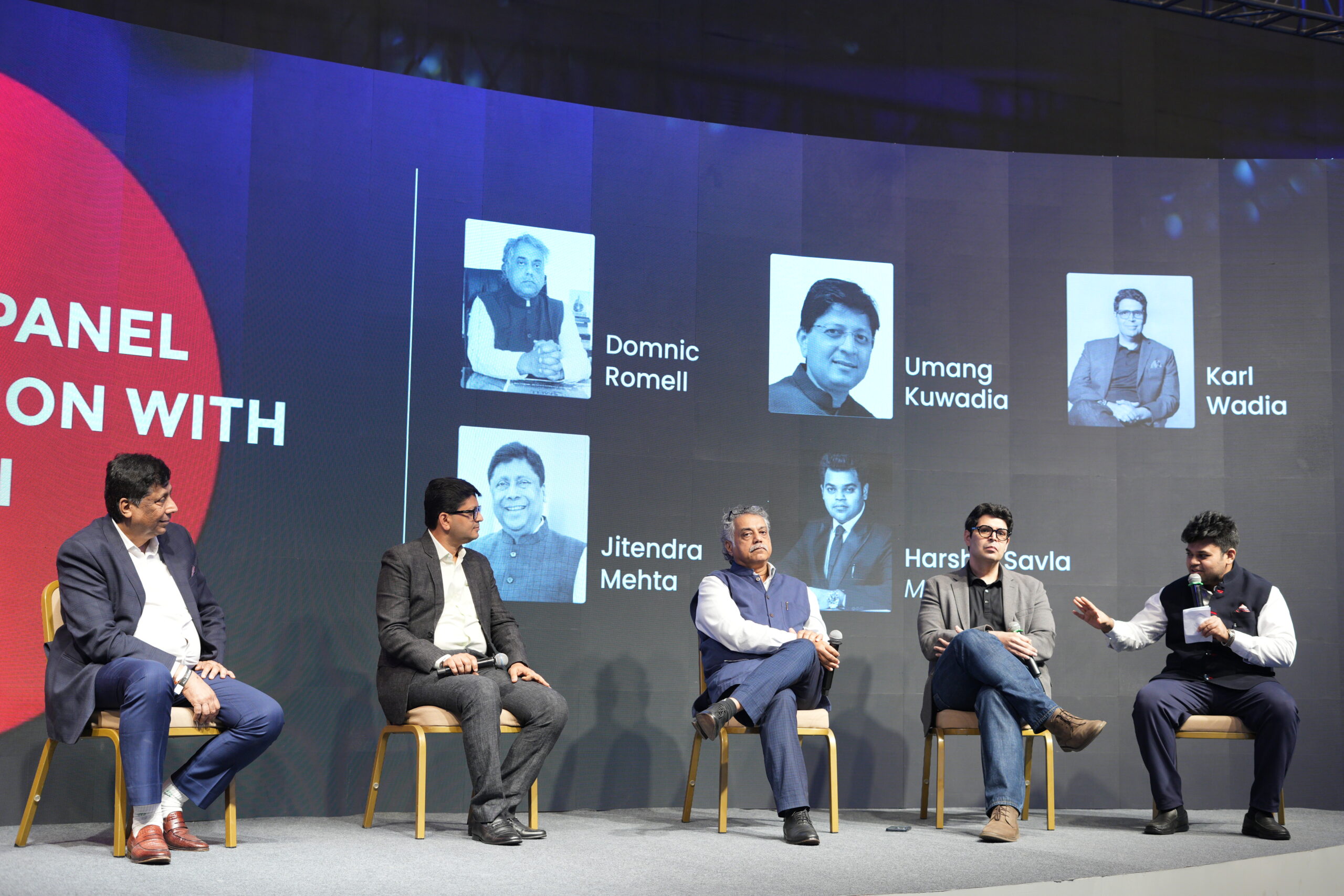Design POV’ 25 was thrilled to be supported by National Restaurant Association of India (NRAI), bringing with it over four decades of advocacy for India’s vibrant food service sector.
Representing over 500,000 restaurants and a ₹5.69 lakh crore industry, NRAI has long been the voice of restaurateurs, chains, or independents. From policy lobbying and skilling programs to research and networking, the association plays a pivotal role in shaping the business of hospitality in India.

Founded in 1982 by leaders from iconic establishments like Nirula’s, Volga, and Khyber, NRAI has grown into a trusted body with pan-India presence and a deep understanding of both tradition and innovation.
At Design POV, NRAI anchored dialogues around the evolving food and hospitality experience, from spatial aesthetics and experience design to the realities of running a future-forward restaurant. With restaurants playing a bigger cultural and creative role in our cities, this collaboration is both timely and essential.
The Hunger Games panel brought together India’s top restaurateurs and hospitality innovators for a thought-provoking discussion on the future of dining.
Moderated by Anurag Katriar (AK), founder of Indigo Hospitality and former NRAI President, the session set the tone for a candid conversation around experience, design, delivery, and the shifting expectations of Indian diners. “India is a culinary powerhouse,” he noted, adding that it’s time to channel that potential into thoughtful, future-forward dining experiences.
Karan Kapur of K Hospitality Corp challenged the idea that delivery is overtaking dine-in, asserting that dine-in remains the core brand experience. “Delivery is still in single digits for fine dining,” he shared, adding that it plays a more significant role in QSR formats, where pricing and accessibility differ.

Yash Bhanage, the mind behind Bombay Canteen, O Pedro, and more, drew a sharp parallel: “Cloud kitchens are like Netflix, but restaurants are the theatre.” He explained that food served at home is about convenience, and restaurateurs should accept that their product won’t travel at 100%. The goal should be to create an in-person experience strong enough to make customers leave their homes.
For Pawan Shahri of Chrome Asia, design is fundamental, not just an add-on. “The eye is pleased before the mouth,” he said, emphasizing the importance of visual storytelling, Instagram presence, and how space sets the tone for service and F&B. His approach splits a restaurant’s impact evenly across food, design, and service, each forming a third of the equation.
Pranav Rangta of Naksha and Otoki highlighted how design must be contextually rooted. At Naksha, for instance, Art Deco elements pay homage to the local art district. He noted that well-designed interiors also signal hygiene and attention to detail: “Customers associate clean design with clean kitchens.”



The panel agreed that in today’s digital world, restaurants must be “camera-friendly.” Design isn’t just décor; it’s a tool for communication and marketing. “If your product doesn’t look good on camera, you’ll spend 10x more to market it,” Pawan Shahri remarked.
Automation was another hot topic. While robotic servers and digital menus have their place, panelists like Yash and Pawan argued for a balance. Yash shared how his team built subtle cues into their dining spaces, like fidget spinners in chairs to detect guest boredom, prompting staff to respond with live magic tricks. This kind of thoughtful service design creates memorable experiences without losing the human touch.
Lastly, AK summed it up: “What we’re selling in a restaurant is hospitality. What people consume is experience. And what they take back is memory.”



